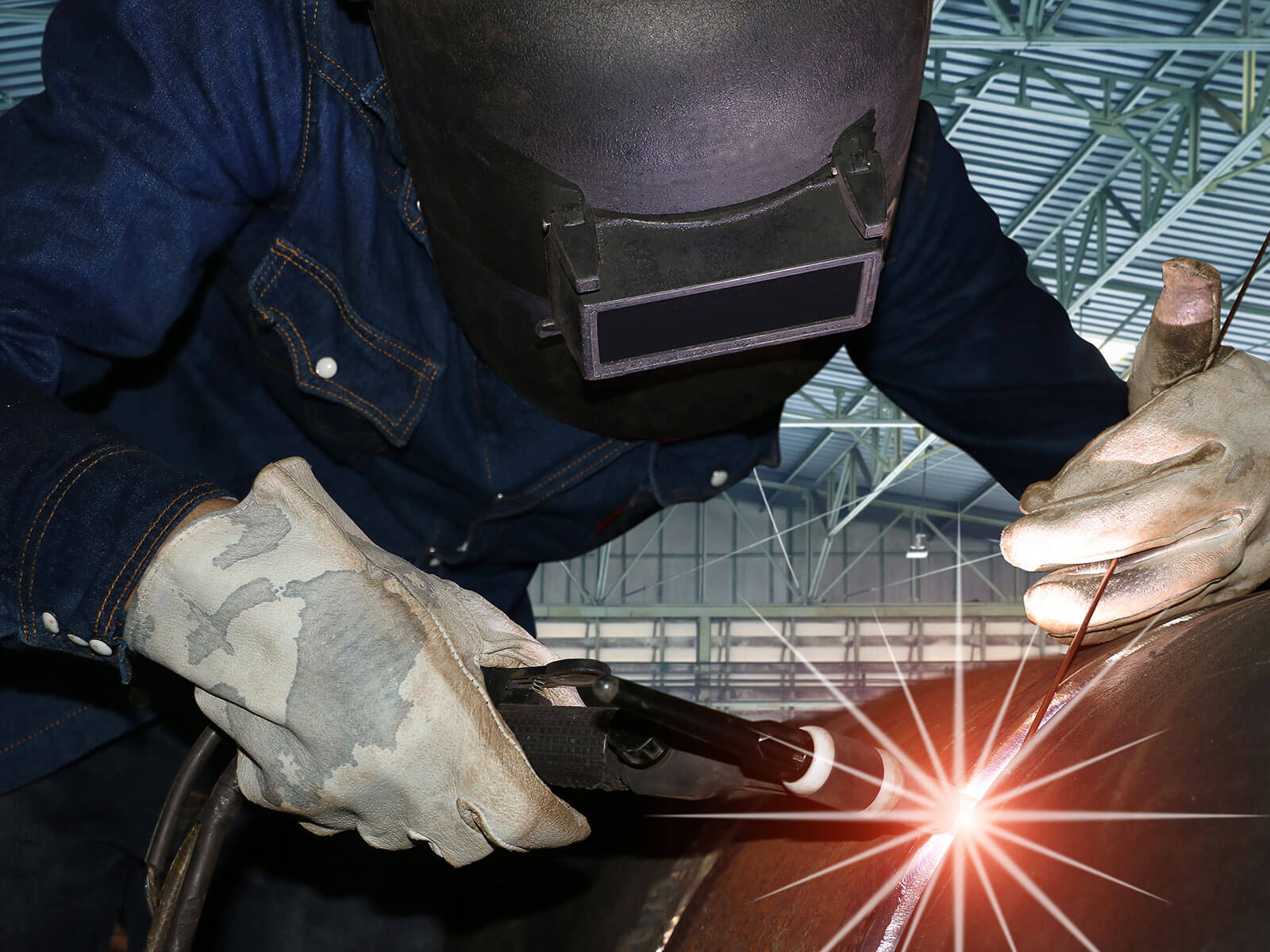In the context of welders, people often talk about different professional groups. But that is not correct, because it is mainly the welding processes that distinguish them from each other.

Basically, there are a multitude of different types, with the four welding processes being the most common. We are talking about:
Gas welding
Gas welding is one of the oldest processes, but it still has its raison d’être here and there. This process is characterized by the fact that the weld seam is heated and thus melts.
Here, the autogenous welding device acts as a heat source and is partly responsible for protecting the melt from oxygen and oxidation. Gas welding is mainly used in the trades. Gas welders are often used for the supply of gas and water pipelines.
TIG welding
Tungsten inert gas welding is an integral and indispensable part of welding. The arc is essential in this welding process and the defining characteristic, as it is placed between the workpiece and the well-known tungsten electrode.
The tungsten electrode has a high melting point and therefore does not melt during the process. This welding process employs an additional material that is held in the arc and melts when the workpiece is welded.
Manual metal arc welding
Arc welding also utilizes the arc that is applied between the workpiece and the electrode. However, unlike TIG welding, the situation with this process is such that the electrode serves as additional material and, consequently, melts.
In addition, other electrodes are used: we are talking about stick electrodes. These have a coating, which in turn ensures that the corresponding protective gases are emitted.
This protects the melt from a chemical reaction with the air. Compared to the other processes, the process, also known as electric welding, is one of the oldest in the industry. Typical areas of application are pipeline construction, but manual metal arc welding is also frequently used in steel and bridge construction.
MAG welding
MAG welding (metal active gas welding) uses a mixture of different active gases and is a process often used in metal construction.
The gases mentioned influence the quality of the weld and ensure that no chemical reaction occurs. MAG welding is also used away from metal construction in mechanical and vehicle engineering.